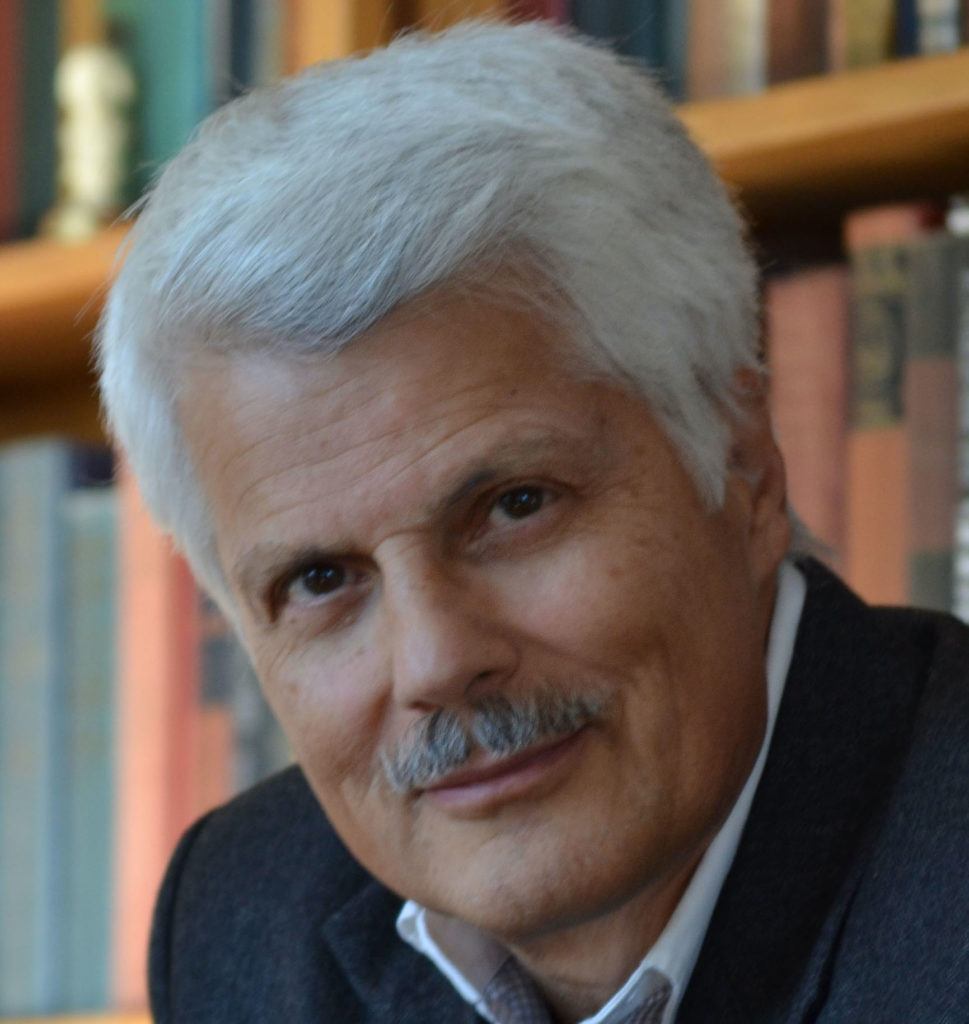June 25, 2021

A new analysis by a prominent Iranian-American economist shows that only two chief executives in Iran have run the economy for the benefit of the poor while the other three have all tilted the economy to benefit the wealthy.
Djavad Salehi-Isfahani has released a new analysis using statistics published by the Islamic Republic that show Prime Minister Mir-Hossain Musavi and President Mahmud Ahmadi-nejad both tilted the economy so that more benefits went to the poorest Iranians, while the others Presidents Rafsanjani, Khatami and Rohani all tilted the economy so more benefits flowed to the rich and away from the poor.
Salehi-Isfahani is an economist teaching at the Virginia Tech in Blacksburg, Virginia.
For his analysis, he used data files published by the Statistical Center of Iran taken from its Expenditure and Income Surveys. His charts show how income grew or shrank for each decile of the population under each president and under the prime minister in the 1980s, before Iran shifted to a presidential system. The charts show what is technically called the Growth Incidence Curve.
From 1984, when the data first become available, through 1988, under Prime Minister Mir-Hossain Musavi, the economy was contracting due to the war with Iraq. The data (Chart 1) show that every decile shrank but the five wealthiest deciles all shrank more than the five poorest deciles, as Musavi tilted economic programs to help the poor.
Under President Ahmadi-nejad (2005-2012), there was some growth. The data (chart 4) show that each decile enjoyed less economic benefit under Ahmadi-nejad than the one below it. The poorest decile enjoyed an average of 2 percent annual growth under Ahmadi-nejad while the richest decile saw an annual decline of just over 3 percent.
But the picture is the reverse under the other three presidents even under the Reformist President Mohammad Khatami. Under Khatami (Chart 3), the wealthiest five deciles all grew more than the poorest five deciles.
Under Rafsanjani (Chart 2), the five wealthiest deciles also all grew more than the five poorest.
For President Rohani, there are two charts one for the years 2013 to 2017 and the other showing the change after US President Donald Trump re-imposed sanctions in 2018. During 2013-2017 (Chart 5), the Rohani Administration’s economic policies gave each higher decile more benefits from economic growth. But in 2018 and 2019 (Chart 6), the most recent data available, it was the six middle deciles that benefited most (or, more accurately, suffered least, as all deciles saw income shrink) while the three lowest deciles did worse and the top decile did much worse shrinking by almost 8 percent, while the poorest decile shrank 6 percent.
The charts show that only under Musavi and Ahmadi-nejad generally ranked as the most liberal and most conservative of the regime’s five chief executives did the regime adhere to the revolutionary philosophy and put the welfare of its poorest citizens first.
The other three presidents including even the Reformist Khatami pursued more traditional policies that served the interests of the rich more than the poor, abandoning the ideology of the revolution.
Presidents have only limited authority under the Islamic Republic. But they control the national budget and state expenditures and so have considerable economic influence.























